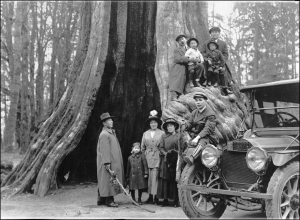Closing rural post offices in favour of private franchising is just one of Canada Post’s cost-cutting innovations that are discussed in the 1989 Canadian Geographic feature story. The photo above shows one such franchise that was then in operation. (Photo: Canadian Geographic Archives)
At the time, Canada Post was already examining cost-cutting options. Today, the federal department is a changed entity. Thanks to the Internet, letter mail has slowed to crawl; yet, on the flip side, the rise of online shopping and demand for speedy parcel delivery might just be Canada Post’s salvation.
On post’s early history, the Sobels wrote:
The service-to-all postal system we enjoy today came into existence in Britain in the 1840s. It proved to be an idea whose time had come, and the establishing of postal service soon became a primary function of the 19th-century governments all over Europe and in North America.
In Canada, considerable effort went into the creation of a network of rural post offices across the country, some so remote the postal inspectors had trouble finding them. On the Prairies they were often placed in grain elevator sheds which were spaced at intervals of about 10 miles, the distance a fully loaded horse-and-grain wagon could comfortably travel in a one-day round trip.
Those early post offices were not necessarily reliable, though, as opening hours could change depending on the weather, train schedules and the mood of the current postmaster. Yet, when replaced by rural route service, many small communities angrily mourned the death of their local post office (the Sobels posit, however, that many rural residents likely enjoyed the convenience of picking up their mail at the end of the driveway).
Nowadays, the trend toward individual mail service seems to have reversed, and Canada Post has been experimenting with community mailboxes.







